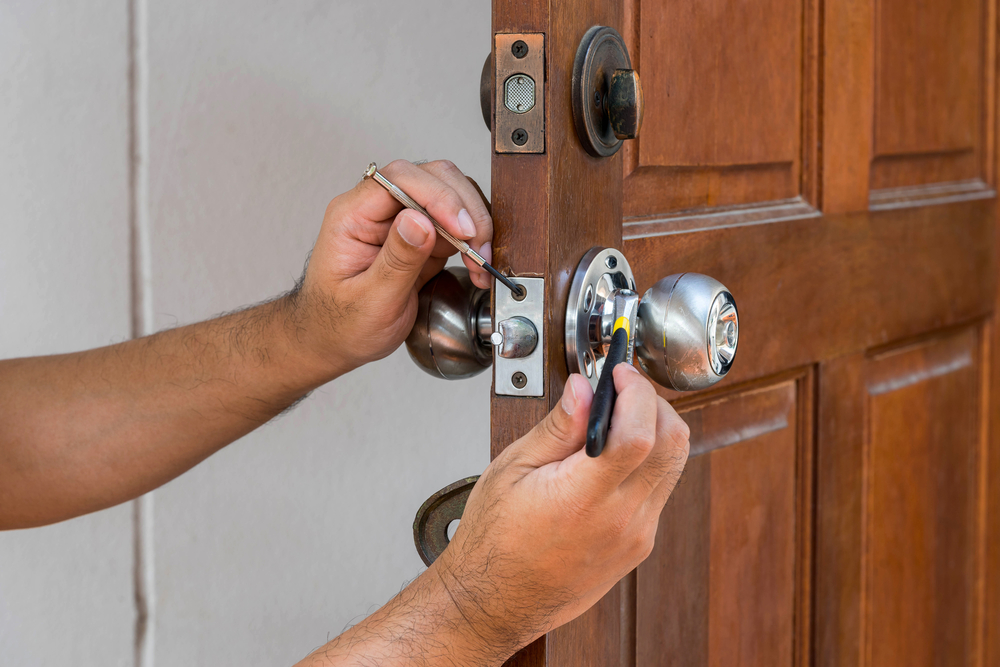
When it comes to protecting your home and keeping it secure, wooden door locks are a must-have. Not only do they provide an extra layer of security, but they can also enhance the look and feel of a room. The variety of designs and finishes available offer something for everyone, making them a great choice for any home. In this article, we’ll discuss the benefits of having wooden door locks, different types available on the market today, how to measure for the perfect fit, installation tips, and troubleshooting common issues. Let’s get started!







